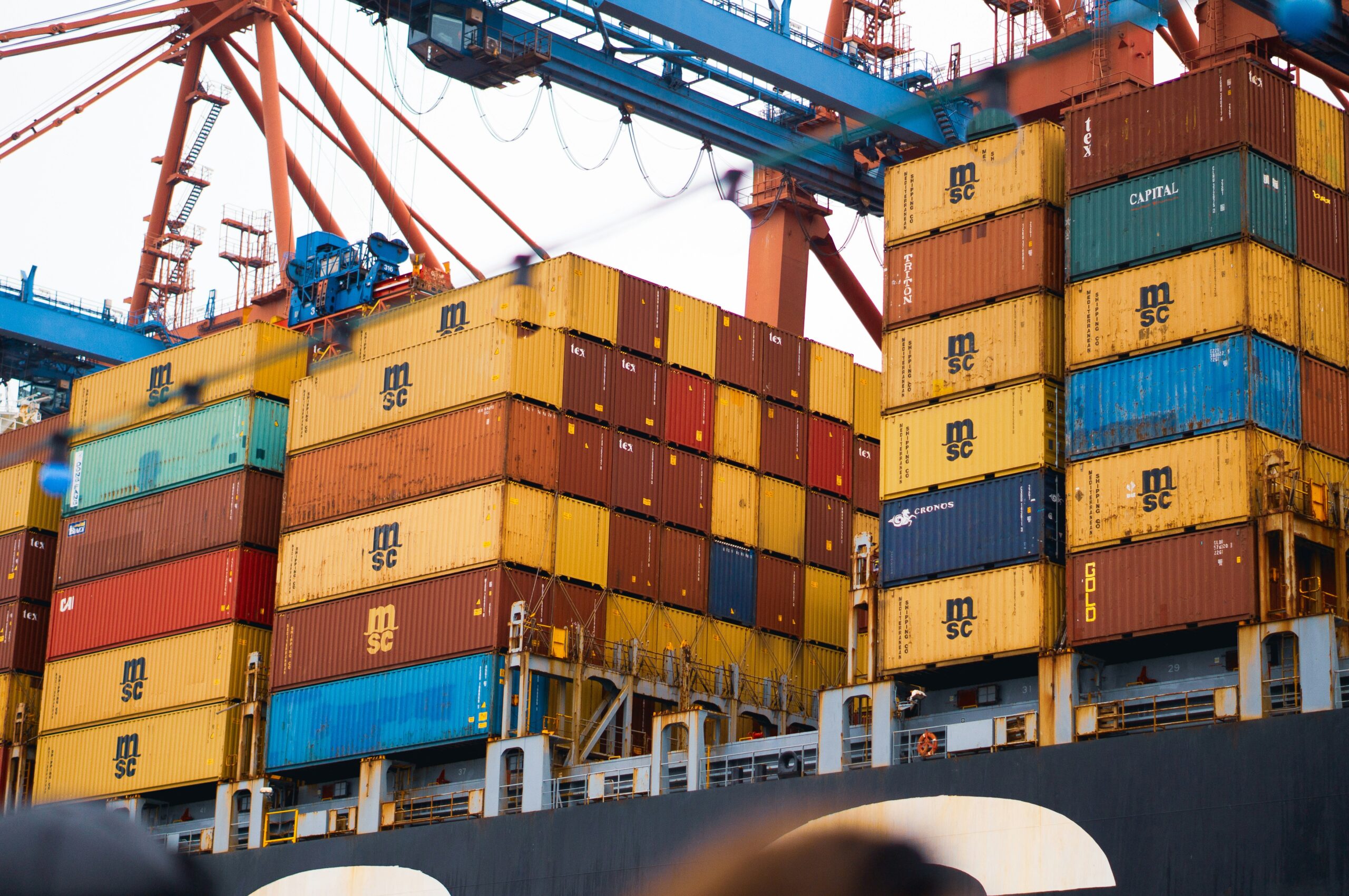Exporting goods from Afghanistan can be challenging due to the country’s political and security situation. However, the country has some products with export potential, including agricultural products such as fruits, nuts, and vegetables, as well as precious stones and minerals. There are three steps involved in the process of exporting out of a country. They include registering for an export license or permit, organizing required documents, and export customs clearance and formalities. To export one’s goods, an exporter must register for an export license by applying for a permit of exportation. Note that all exporters need to ensure their goods satisfy the standards of the export collaborating companies and the regulations of the Ministry of Finance and Trade. The second step is organizing the required documents obtained from suppliers, which shall be submitted to clearing agents for the third and last step.

Steps to Exporting Out of the Country
The following are some steps you can follow to export goods from Afghanistan:
Identify the product and market: Start by identifying the product you want to export and the market you want to sell it in. Research the market to understand the demand for the product, any regulations or restrictions, and the competition.
Obtain necessary licenses and permits: Once you have identified the product and market, you need to obtain all necessary licenses and permits required for exporting your product. Contact the relevant government agencies or trade associations in the nation for guidance.
Find a buyer: Search for potential buyers in the target market. This can be done through online platforms, trade shows, or by working with a local agent.
Secure payment: Ensure that you have a secure payment method in place before exporting your goods. You can use a letter of credit, advance payment, or open an account depending on your agreement with the buyer.
Arrange for logistics: Once you have secured a buyer and payment method, arrange for logistics to transport your goods from the territory to the target market. This includes choosing a shipping method, arranging for customs clearance, and ensuring that the goods are properly packaged and labeled.
Export the goods: Once all the necessary steps have been taken, you can export the goods to the target market.
The Process of Exportation
Exporting out of a country is easy aside from the ton of regulations and formalities to keep in mind, Export documents such as bills of lading and others are required to clear goods at the country’s ports by customs officers. These documents have to be provided by an exporter and they have to satisfy the customs formalities. This is why exporters must know the right documents to prepare beforehand. At the final step, clearing agents will forward the export declarations and other documents submitted to the customs officers. Provided there is no hitch with the goods and no requirement failed, customs will issue receipts to exporters after entering their details into the system. It is important to note that the process of exporting goods from the country can be complex and may require working with a local partner or agent. Also, make sure to comply with all relevant laws and regulations to avoid any legal issues. Additionally, due to the security situation in the country, it is crucial to ensure the safety of the goods and personnel involved in the export process.
Required Documents to Submit
The documents needed for clearance when exporting depend on the kind of goods, trade agreements, and policies of exporting partners. They include the following:
- Customs entry document and bond
- Legal Undertaking
- Export license
- Purchase order
- Certificate of origin and insurance
- Bill of lading
- Transit documents



